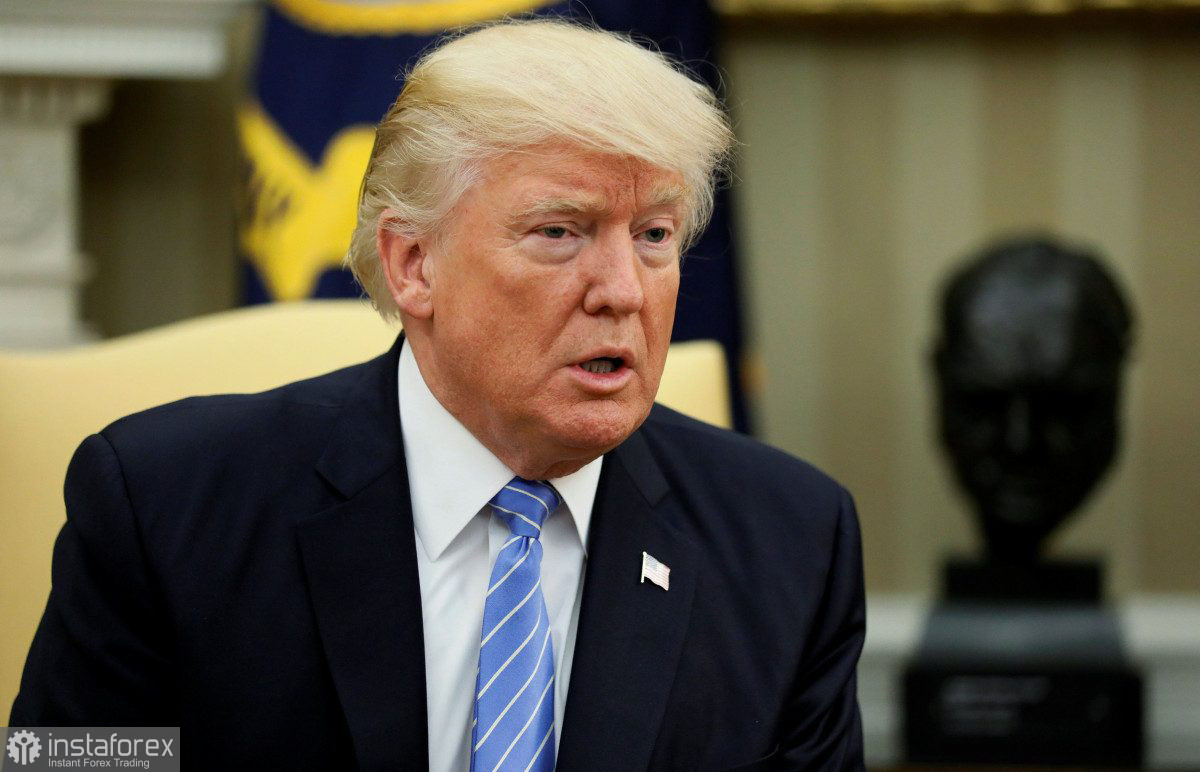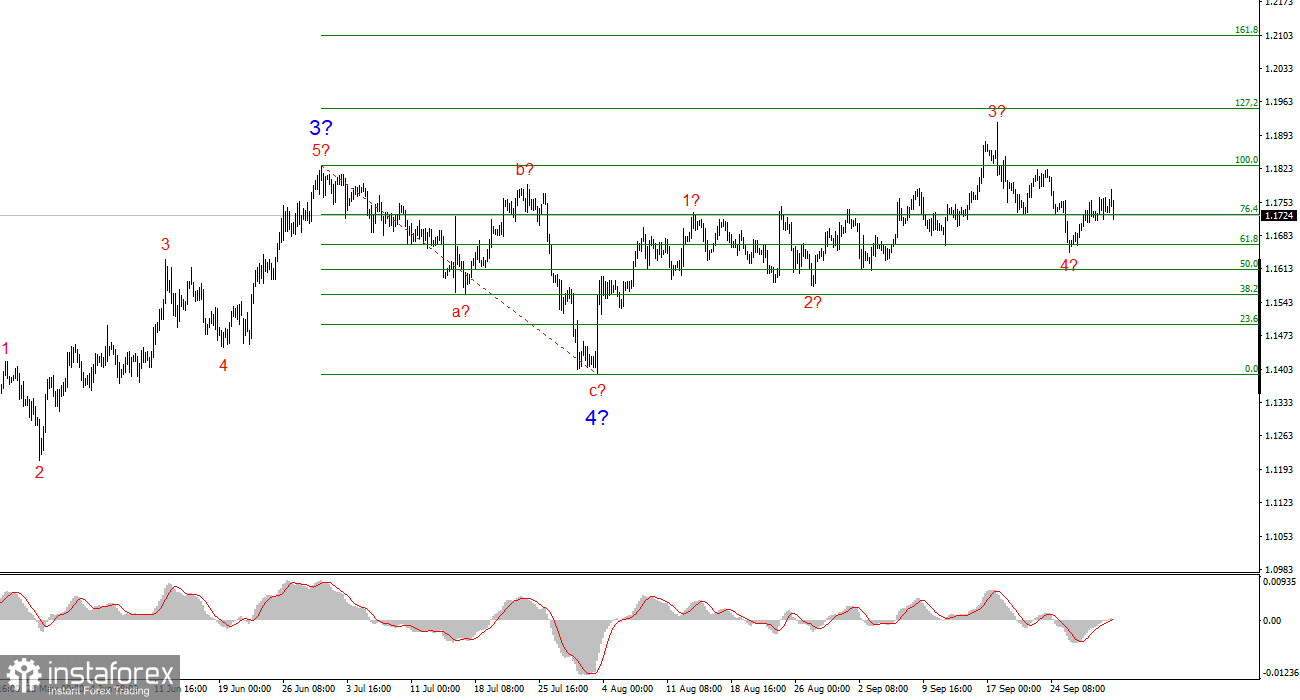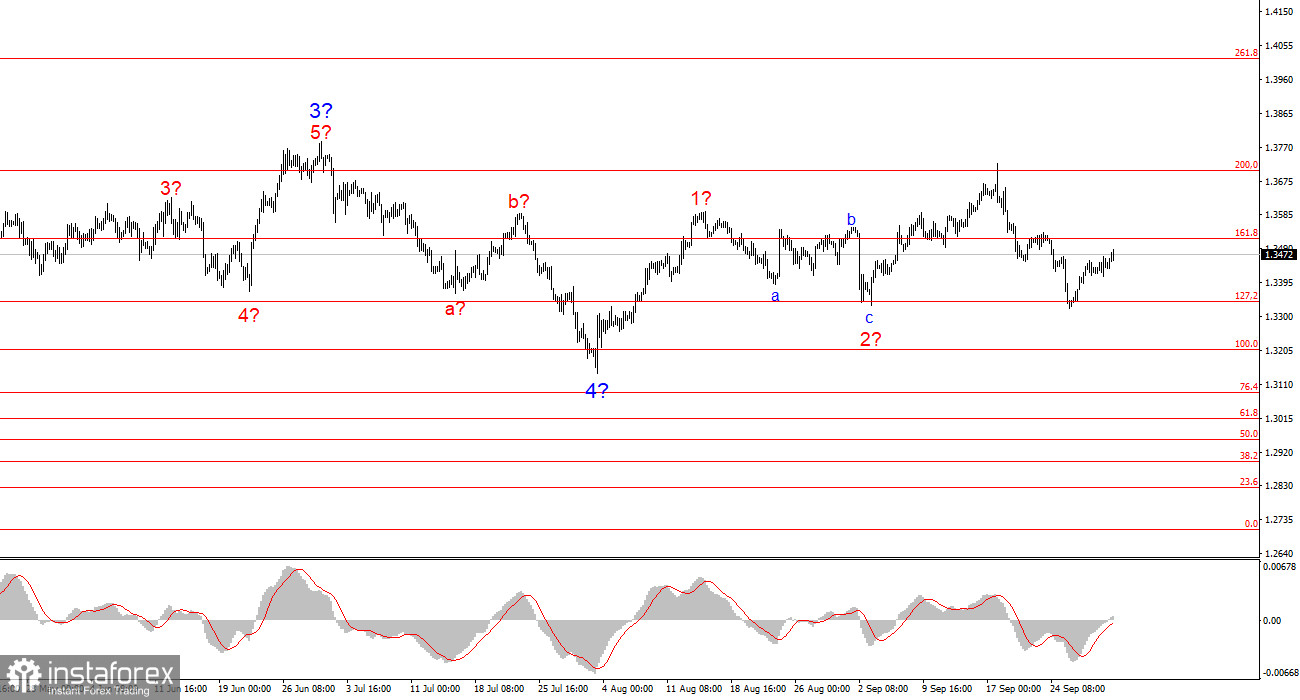
Six years ago, as many economists acknowledge, the government shutdown was not a total shutdown. At that time, the U.S. Congress had managed to approve at least part of the budget for the upcoming fiscal year, so not all federal employees were at risk of being furloughed. In 2025, however, the situation is very different. Virtually all public servants are now under threat because Democrats and Republicans have failed to agree on fundamental spending issues.
It's also important to note that a U.S. federal employee is not limited to the stereotypical desk worker or postal carrier. It also includes military personnel, who, although they will not be dismissed, will also not receive a paycheck. This is unlikely to boost morale in the armed forces, especially at a time when tensions with Venezuela may soon surface.
Furthermore, federal employees have already endured widespread reshuffling and layoffs as part of Donald Trump's so-called "budget austerity" campaign over the past year. Personally, I don't believe further mass layoffs will occur this time around, as any such action would require solid legal justification. A lack of funds or congressional deadlock is typically not considered a legitimate ground for termination.
In this light, Trump's talk of mass layoffs seems more like a strategy to pressure the Democratic Party. If the Democrats don't make concessions — something Trump has stated explicitly — then government workers would have to be let go. And who would bear the blame for that? Correct: the Democrats. The same Democrats who currently sit in Congress and the Senate, albeit "on paper," since they don't control either chamber. That means their position could become even weaker after this "Trump offensive." And don't forget — midterm elections are coming next year.

That said, the situation could still swing in the Democrats' favor, because any rational observer would understand that the executive branch — the current administration — is responsible for the government's decisions, not the opposition, which in 2025 holds no real power. However, how the American electorate interprets the situation remains an open question. Frankly, I never expected American voters to elect Trump for a second term — so I suppose anything is possible.
Wave Pattern for EUR/USD:
Based on my analysis of the EUR/USD pair, it continues to build an upward segment of the trend. The wave pattern still largely depends on the news background surrounding Trump's decisions and the domestic and foreign policies of the new U.S. administration. The targets for the current uptrend could extend as far as the 1.25 area. At present, a corrective wave 4 is taking shape, which may already be complete. The bullish wave structure remains valid. Therefore, I am still considering only long positions. By the end of the year, I expect the euro to rise to the 1.2245 mark, which corresponds to the 200.0% Fibonacci.
Wave Pattern for GBP/USD:
The wave structure for GBP/USD has undergone a change. We are still in an upward, impulsive segment of the trend, but its internal waves are currently difficult to read. If wave 4 unfolds as a complex three-wave pattern, the structure could normalize. Even so, Wave 4 will be significantly more complex and drawn out than Wave 2. In my opinion, the best benchmark right now is the 1.3341 level, which corresponds to the 127.2% Fibonacci. Two failed breakout attempts at this level could indicate the market is preparing for a fresh buying phase.
Key Principles of My Analysis:
- Wave structures should be simple and easy to interpret. Complex structures are hard to trade and often indicate a change in trend.
- If you're uncertain about what's happening in the market, it's better to stay out.
- There is no such thing as 100% certainty in market direction. Always use protective Stop Loss orders.
- Wave analysis can be effectively combined with other types of analysis and trading strategies.
 English
English 
 Русский
Русский Bahasa Indonesia
Bahasa Indonesia Bahasa Malay
Bahasa Malay ไทย
ไทย Español
Español Deutsch
Deutsch Български
Български Français
Français Tiếng Việt
Tiếng Việt 中文
中文 বাংলা
বাংলা हिन्दी
हिन्दी Čeština
Čeština Українська
Українська Română
Română


